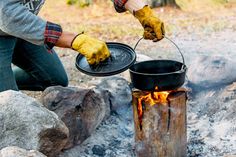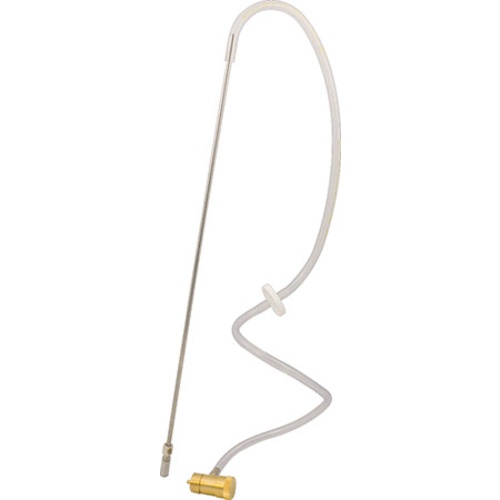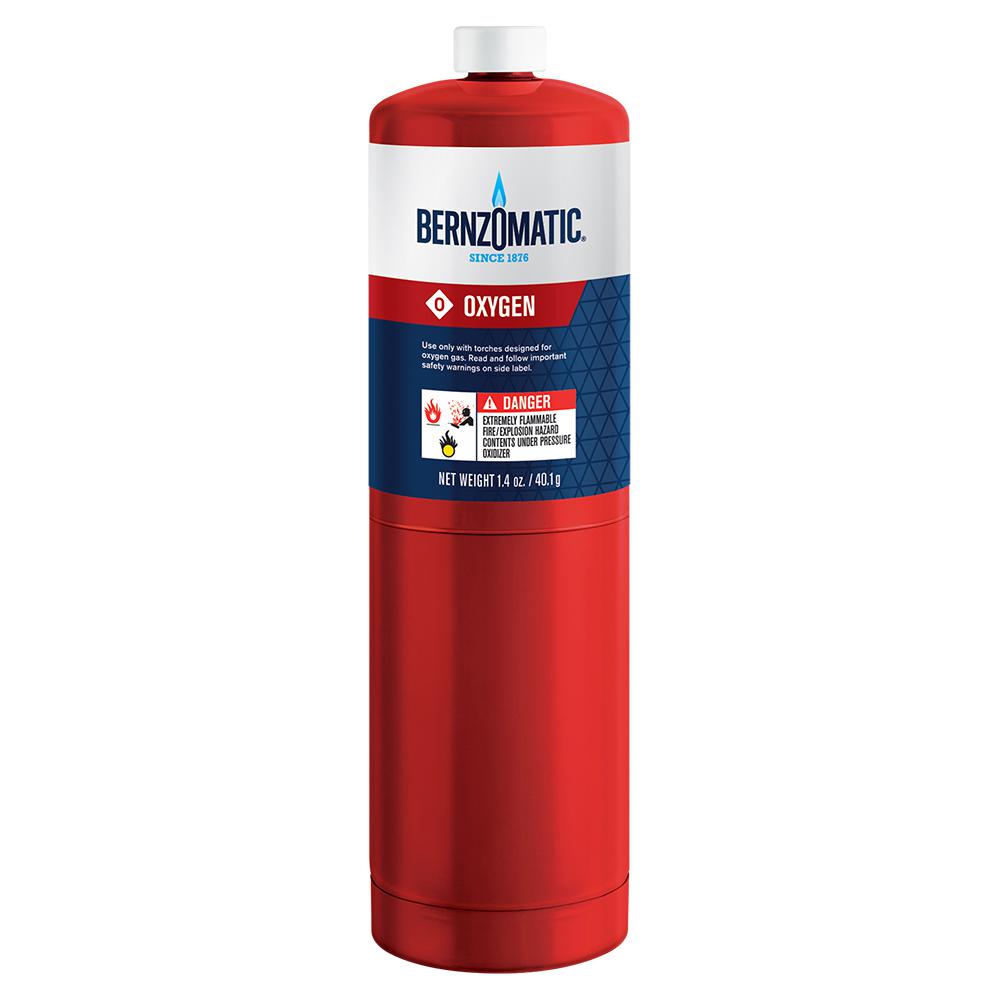1. How important is degassing? This really depends on your definition:
Aerating vs Degassing vs Stirring
Aerating or oxygenating would be to blow O2 through a tube in order to encourage yeast reproduction early in the ferment. You would not want to do this later in the ferment as you will oxidize your mead. I’ve heard people swear it improves the mead, but I’ve never needed it because I don’t underpitch my yeast. When I tried it with Wyeast 1388, I didn’t taste a difference. Perhaps other yeast would require this to a greater extent. Ryan Carlson swears by it.
Degassing is to put the entire carboy under vacuum to remove all CO2. This is generally done after the ferment is finished to speed clearing. CO2 trapped in solution can prevent yeast from settling to the bottom. Basically, CO2 bubble flying out of solution stir up yeast sediment. This is also why folks who never stir or rack their mead complain it takes forever to clear.
Stirring is really what we mean when we say degassing/aerating. The idea here is to rouse the yeast from the bottom in the carboy so that it doesn’t get buried, lazy, and give up on making alcohol. At the same time, this removes CO2 from the must and adds some oxygen to encourage yeast health. It’s not as complete as true degassing or aeration, but good enough to improve the overall health of the ferment.
How important is this? Well, if you want to clear fast and hit your ABV max, it’s very important. Not to mention, this is also a sort of sur lies approach that can improve the body of your mead. Basically, you can lose not doing it and you can only win doing it.
2. Best SNA for sweet mead? This is a misguided question at best. If you want a tasty sweet mead, then you need a healthy ferment lacking fusel production. Any SNA that keeps the yeast happy will make a decent sweet mead; however, what you are really asking is “How do I make a knock it out of the park sweet mead?”. That is a much more complicated question.
You must match yeast, honey, tannin, tart, and method (SNA) to accomplish this. For example, let’s say you want to make a meadowfoam sweet mead. Meadowfoam honey tastes like marshmallows. You want to do everything possible to enhance that wonderful flavor. In this case, you don’t want yeast esters to muddle the flavor so use a very clean yeast. Wyeast 1388 would be a very neutral yeast. Since it’s a liquid yeast, use my SNA that was developed specifically for liquid yeast:
https://denardbrewing.com/blog/post/Liquid-yeast-SNA/ If you used a dried neutral yeast such as EC1118, then TOSNA would be the go to SNA. In short, the current best mead making practice is a Fermaid O based SNA that avoids DAP altogether. The mead ferments more consistently with better aromatic components.
At this point, you have a clean sweet mead. Now you need balance. First, age on American medium plus oak to add tannins for body and vanillin to enhance the marshmallow character. Barrels are best, then xoakers/staves, then cubes/spirals. F**k chips. Too one dimensional. Blunt, but I state the truth.
Now, you taste and decide. You were tasting all along, but now it’s “How do I improve further and not screw it up?” Maybe some acidity is needed. Tartaric, malic or citrus? Do I need more vanilla (add vanilla bean)? The possibilities are endless and largely depend on your personal taste and imagination.
3. Best way to do sweet mead. Upfront honey versus step feeding.
This depends on goals. There are 3 ways to make a sweet mead. I’ll try to give pros and cons.
A. Upfront honey or depending on yeast ABV tolerance. How does this work? Example: Wyeast 1388 will eat through 120 points from my previous experience. I want a sweet mead so I’ll add honey to 1.140 for a finish at 1.020. Reality? It’s more like 1.020 plus or minus .010. Sometimes yeast crap out, sometimes they put on supersuits. It’s a bit variable because yeast don’t read packaging. Yeast don’t hit as high ABV this way compared to step feeding. Depending on your goals, this can be good or bad (Hint: it’s good). It’s easy to do upfront additions.
B. Step feeding. This is the approach to take for max ABV potential in a yeast. You can push a classical 16% yeast to 20% with this method. If you are a new mead maker, it sounds really appealing. You will find however that exceeding 15% ABV starts to add a burn independent from fusels. This is pure alcohol burn. There are ways to reduce it (oak aging for example), but it will alway be present and you will need to hide it for discerning palettes. Not an easy thing early in your hobby. If your goal is knocking yourself on your ass, go for it. If your goal is to win medals, not the route to go. Also, it’s a pain to add honey over several weeks.
C. Ferment dry to desired ABV, cold crash, rack, stabilize, backsweeten to desired sweetness. The ultimate calculated scientific approach. This is the best way for things to go exactly as planned because it can’t go any other way. This is how you go commercial. Cons? While I don’t really care, some folks are sensitive about using “chemicals”. Never mind that everything is a a chemical including the most toxic one we deal with: alcohol. NOTE: This is not a dig at those with legitimate allergies. Only trendy fakers.





